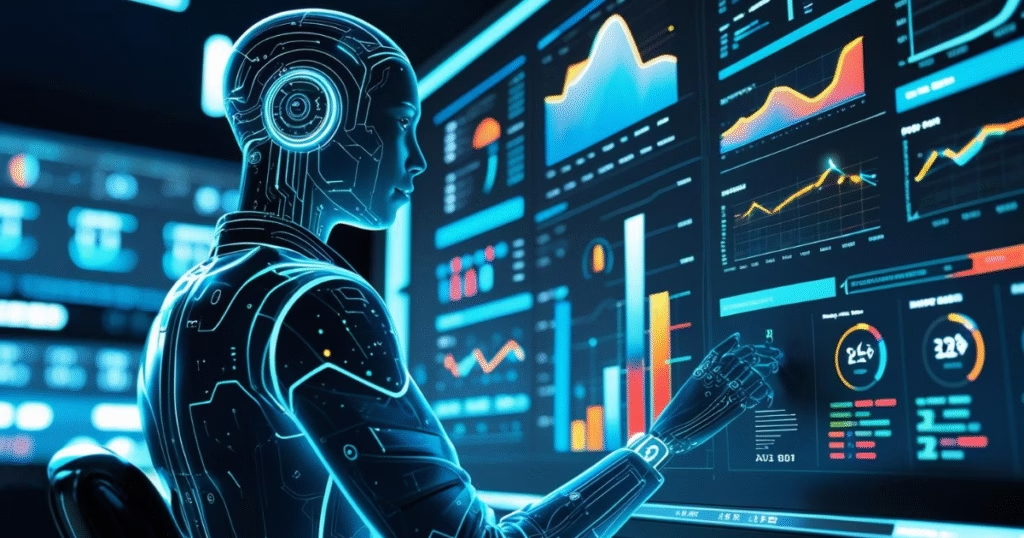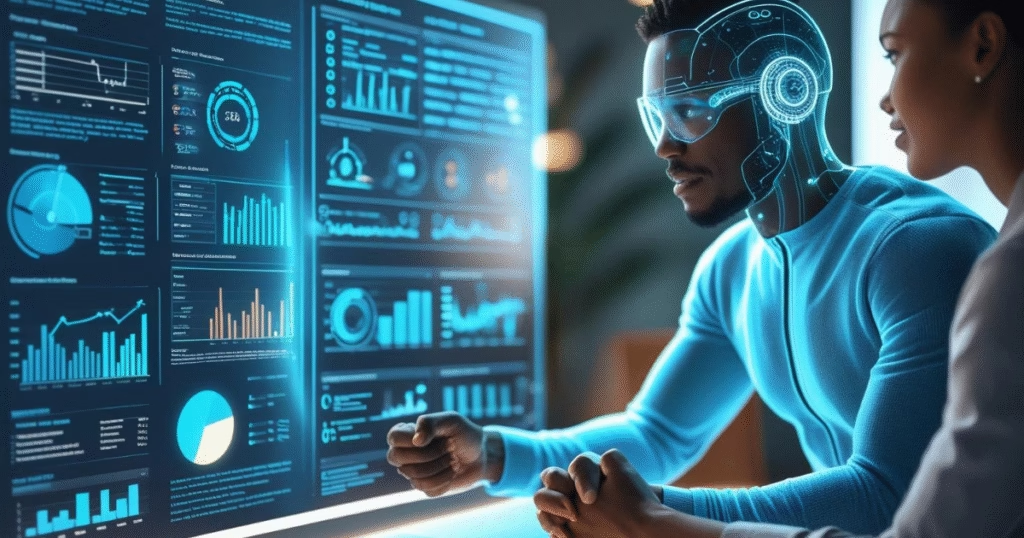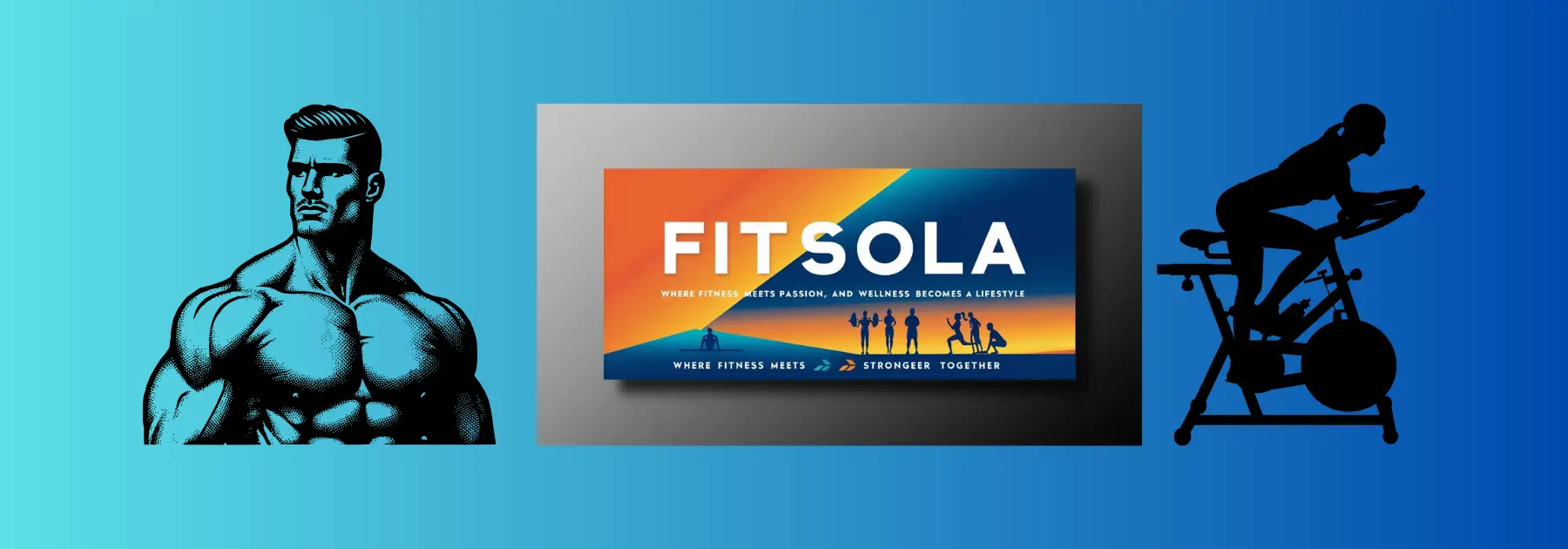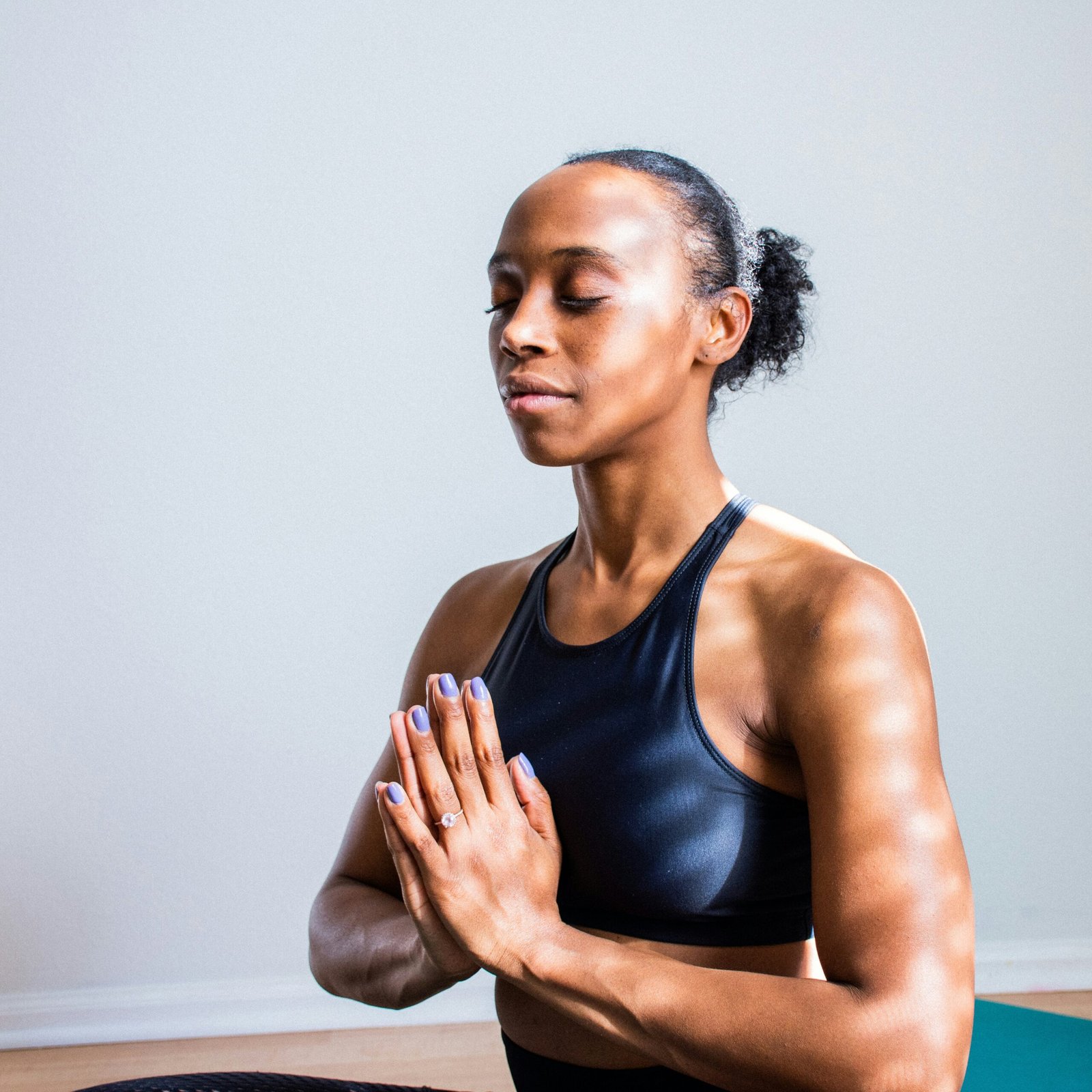The gentle breeze carries the scent of something ancient and invigorating as the sun begins its descent over the timeless landscape. In the vibrant pulse of a modern city, amidst the pursuit of personal growth, a fascinating question has emerged at the forefront of the fitness world: when it comes to getting results, who truly delivers better – AI vs Human Coaches? For years, the gold standard in personalized fitness has been the human touch: the experienced trainer who pushes you, corrects your form, and understands your unique struggles.
But now, with the rapid advancement of artificial intelligence, algorithms are stepping into the ring, promising hyper-personalized plans, constant data analysis, and unprecedented efficiency. This isn’t just about choosing an app over a person; it’s a profound shift in how we approach our physical transformation. Are we witnessing the dawn of a new era where data reigns supreme, or will the irreplaceable human elements of empathy, motivation, and intuition always hold the winning edge?
This is a question that goes beyond mere technology. It delves into the very essence of human connection, the nuances of motivation, and the complex science of physical adaptation. While AI offers tantalizing prospects of precision and scalability, human coaches bring a depth of understanding and a capacity for connection that AI, for all its brilliance, has yet to fully replicate. As we embark on this exploration, we’ll weigh the strengths and weaknesses of both AI and human coaches, examining what each brings to the table and ultimately, helping you decide which path, or perhaps which combination, is best suited to unlock your peak performance.
The Rise of AI Coaching: A Data-Driven Powerhouse
The ascent of Artificial Intelligence in fitness isn’t just about glorified step counters. It’s about sophisticated algorithms capable of analyzing vast datasets, learning from your performance, and adapting in real-time.
What AI Coaches Bring to the Table:
- Unparalleled Personalization at Scale:
- Data Aggregation and Analysis: AI platforms can process mountains of data from wearables (heart rate, sleep, HRV, activity), past workout performance, and user input (goals, injuries, preferences). This allows for truly hyper-personalized workout plans that adapt dynamically. If you crush a session, it might push you harder next time; if your sleep was poor, it might suggest a recovery day.
- Dynamic Adaptation: Unlike static workout plans, AI coaches continuously evolve your program based on your daily readiness, progress, and even external factors like weather or altitude (in advanced systems). This ensures you’re always optimally challenged without overtraining.
- Nutritional Guidance: Many AI platforms integrate nutrition, generating meal plans, tracking macronutrients, and offering dietary recommendations tailored to your goals and activity levels.
- 24/7 Availability and Accessibility:
- Always On, Always Ready: Your AI coach doesn’t sleep, take holidays, or have other clients. It’s available whenever you are, making fitness truly on-demand. This is a huge advantage for individuals with unpredictable schedules or those who prefer late-night/early-morning workouts.
- Cost-Effectiveness: Generally, AI-powered apps and platforms are significantly more affordable than regular, one-on-one human personal training sessions. This democratizes access to high-quality, personalized fitness guidance that might otherwise be out of reach for many.
- Objective, Unbiased Feedback and Form Correction:
- Real-time Form Analysis: Advanced AI systems utilize computer vision (via smartphone cameras or smart equipment) to analyze your movement patterns and provide instant feedback on your form. This can help prevent injuries and ensure you’re targeting the right muscles, all without human observation bias.
- Unemotional Data Interpretation: AI doesn’t have a bad day or personal biases. It interprets data purely based on algorithms, providing objective insights into your progress, plateaus, and areas for improvement.
- Motivation through Gamification and Progress Tracking:
- Visual Progress: AI excels at presenting your progress in engaging visual formats – graphs, charts, streaks, and badges. Seeing tangible proof of your consistency and improvement can be a powerful motivator.
- Gamified Elements: Many AI fitness apps incorporate gamification (points, leaderboards, challenges) to make workouts more engaging and fun, tapping into our innate desire for achievement and competition.

Think of AI as the ultimate data scientist and tireless planner for your body. It crunches numbers, identifies patterns, and delivers a precision-engineered path forward.
Prefer watching over reading? I dive deeper into topics like this in my YouTube videos. Join me there for actionable insights
The Enduring Power of Human Coaching: Beyond the Data
Despite the impressive capabilities of AI, human coaches continue to thrive. This is because they offer a set of unique strengths that transcend data points and algorithms.
What Human Coaches Bring to the Table:
- Emotional Intelligence and Empathy:
- Reading Beyond the Metrics: A human coach can pick up on subtle cues that AI cannot – your tone of voice, body language, facial expressions, or a simple sigh of frustration. They understand when you’re truly exhausted, stressed from work, or lacking motivation for reasons unrelated to your physical readiness score.
- Adaptability to Life: Life happens. A human coach understands that a missed workout might be due to a sick child, a last-minute business trip, or a mental health struggle. They can adjust not just your program, but your entire strategy, providing support and flexibility that AI might miss.
- Empathetic Support: Sometimes, you don’t need a perfectly optimized plan; you need someone to listen, to validate your struggles, or to offer genuine encouragement. This emotional connection is a cornerstone of long-term adherence.
- Motivation and Accountability (The Human Connection):
- Personal Connection: The relationship built between a human coach and client fosters trust, commitment, and a sense of shared purpose. Knowing someone is genuinely invested in your success creates a powerful accountability loop that’s harder to break than an app notification.
- External Pressure and Encouragement: The simple act of having a scheduled appointment with a human being can be the ultimate motivator. It’s harder to skip a session when a person is waiting for you, and a high-five or a word of encouragement after a tough set can provide a unique psychological boost.
- Real-time, Nuanced Form Correction and Safety:
- Immediate Visual and Kinesthetic Feedback: A human coach can physically adjust your posture, demonstrate proper technique in real-time, and explain why certain movements feel the way they do. They can spot subtle imbalances or compensations that a camera might miss in a complex movement.
- Injury Prevention and Rehabilitation Expertise: An experienced human coach possesses a deep understanding of anatomy, biomechanics, and common injuries. They can modify exercises on the spot, offer alternative movements, and provide specialized guidance for clients with pre-existing conditions or those recovering from injury. They prioritize your safety in a way that AI, for all its data, cannot truly emulate the nuanced understanding of a complex human body.
- Beyond the Workout: Holistic Lifestyle Guidance:
- Comprehensive Lifestyle Coaching: A good human coach doesn’t just program workouts. They can provide broader guidance on stress management, sleep hygiene, recovery techniques, and overall mindset shifts that contribute to long-term health. They can act as a sounding board for life’s challenges.
- Mentorship and Education: Human coaches often serve as educators, teaching clients the “why” behind exercises, nutritional principles, and the science of training. This empowers clients to understand their own bodies and make informed decisions even after the coaching relationship ends.
- Unscripted Adaptability and Creativity:
- Problem Solving: If a piece of equipment is broken, or a client has unexpected travel, a human coach can quickly and creatively devise alternative solutions without missing a beat, leveraging their experience and ingenuity.
- Innovative Programming: While AI learns from existing data, human coaches can innovate new exercises, develop novel training methodologies, and integrate emerging scientific insights in ways that might take AI longer to process and implement.
Think of a human coach as your strategic partner, empathetic guide, and on-the-spot problem-solver, adapting not just to your body’s data, but to your life’s unfolding story.
Where AI Falls Short (Currently)
In the debate of AI vs human coaches, while AI’s capabilities are expanding, there are definite limitations where the human element still reigns supreme.:
- Lack of Genuine Empathy and Emotional Connection: AI can process sentiment from text, but it cannot truly feel or understand your emotional state. It can’t offer a comforting word when you’re frustrated, celebrate a personal triumph with genuine excitement, or understand the complex psychological barriers that might be holding you back.
- Inability to Read Non-Verbal Cues: A human coach sees you. They notice if your shoulders are tense, if your gaze is unfocused, if you’re grimacing from pain versus effort. These subtle, non-verbal signals are critical for real-time adjustments and motivational interventions that AI, relying on sensors or cameras, can easily miss.
- Limited Adaptability to Unforeseen Life Events: While AI can adjust a workout based on a “poor sleep” input, it won’t understand the underlying stress of a family crisis, a tough day at work, or the subtle start of an illness. A human coach can factor in these qualitative, unquantifiable elements.
- Nuanced Form Correction (Especially for Complex Movements): While AI vision is improving, it can struggle with truly complex, multi-joint movements or subtle compensations that might indicate an underlying issue. A human coach’s trained eye and tactile correction (“pull your shoulder blades back,” “engage your core here”) remain superior for many.
- No True Accountability in the Absence of Human Connection: An app sending a push notification after a missed workout is not the same as a human coach calling you, understanding your reasons, and rescheduling. The fear of disappointing another human often provides a stronger impetus for adherence than disappointing an algorithm.
- Lack of Spontaneity and Creativity: AI’s programming is based on existing data. While it can combine elements in novel ways, true spontaneous innovation in coaching, like inventing a new exercise or a unique drill on the fly for a specific client’s quirky need, is still a human domain.
Where Human Coaches Can Be Limited
Conversely, human coaches also have their constraints, which AI is perfectly positioned to address:
- Scalability and Availability: A human coach can only take on a limited number of clients. Their time is finite. This means they are not always available 24/7, and their services can be costly.
- Cost: One-on-one personalized coaching from a highly qualified human trainer is an investment. It’s often prohibitive for many individuals, making it less accessible to the general population.
- Potential for Bias/Inconsistency: Human coaches, like all humans, can have biases, blind spots, or even just off days. Their advice might vary slightly from one session to the next based on their own energy levels or preferences.
- Data Processing Limitations: Even the best human coach cannot manually track and analyze the sheer volume of physiological data (sleep stages, HRV trends, precise calorie expenditure, micro-progress across dozens of exercises) that an AI system can process instantaneously. This can lead to less optimized programming.
- Geographical Constraints: Unless it’s virtual coaching, you’re limited to coaches in your local area.
- Time-Consuming Administration: Human coaches spend significant time on administrative tasks (scheduling, billing, manual progress tracking) that AI can automate, freeing them to focus on the human aspects of coaching.
The AI vs Human Coaches Verdict: Collaboration, Not Replacement
After weighing the strengths and weaknesses, the emerging consensus in the fitness industry is not about AI vs Human Coaches, but rather AI plus Human Coaches. The future of effective fitness guidance lies in a synergistic, hybrid model where each leverages its unique strengths to create an unparalleled coaching experience.
- AI as the Data Backbone: AI can handle the intensive data collection, analysis, and basic programming. It can identify trends, flag potential issues, and provide a perfectly optimized, adaptable training plan that no human could manage manually. It takes care of the “science” of training.
- Human Coaches as the Emotional Intelligence and Strategic Brain: Human coaches can use AI’s data as a powerful diagnostic tool, then layer on the crucial human elements: empathy, motivation, real-time nuanced adjustments, holistic lifestyle guidance, and that irreplaceable personal connection. They handle the “art” of coaching.
Imagine a scenario where:
- Your wearable collects sleep and HRV data, and an AI analyzes it overnight, suggesting a lighter workout for you based on recovery.
- Your human coach reviews this AI-generated suggestion, combines it with your recent conversations about work stress, and then makes a final, truly informed decision on your workout for the day, communicating it with empathy.
- During your virtual session, an AI monitors your form via camera, providing instant vocal cues.
- But if you look visibly fatigued or frustrated, your human coach cuts in, offers words of encouragement, or changes the exercise entirely, sensing your emotional state.
- AI tracks your progress in minute detail, creating impressive graphs.
- Your human coach uses these graphs to celebrate your wins, discuss plateaus, and strategize future goals, making the data meaningful on a personal level.

This hybrid model allows AI to handle the computational heavy lifting, freeing human coaches to focus on what they do best: inspire, connect, and adapt to the complexities of human life. For the client, it means getting the best of both worlds – the precision and availability of AI combined with the invaluable motivation and nuanced guidance of a human being.
Your Path Forward: Choosing What’s Right for You, AI vs Human Coaches
As the vibrant life of this ancient city winds down for the night, with the calls to prayer echoing softly, the path to personal wellness remains a deeply individual one. The choice between AI vs Human Coaches is not necessarily an “either/or” but a “what’s right for me, right now?”
- If you’re highly self-motivated, budget-conscious, or prefer data-driven precision: An AI-powered fitness app or platform might be an excellent starting point. It offers incredible personalization and accessibility.
- If you thrive on personal connection, require nuanced form correction, have complex health needs, or struggle with self-accountability: Investing in a human coach is likely to yield superior results. Their empathetic guidance can be a game-changer.
- If you want the ultimate advantage: Look for services or strategies that integrate both. Many forward-thinking human coaches are now using AI tools to enhance their practice, making their coaching even more effective and data-informed.
Ultimately, the best coach is the one who helps you achieve your best results, consistently and sustainably. Whether that’s an algorithm, a human, or a powerful combination of both, the tools available today make achieving your fitness goals more accessible and personalized than ever before. The future of fitness coaching isn’t just arriving; it’s evolving to meet you wherever you are on your journey, ready to deliver results in the most effective way possible.
What’s your preference, and why? Have you experienced the benefits of AI or human coaching? Share your insights in the comments below!



